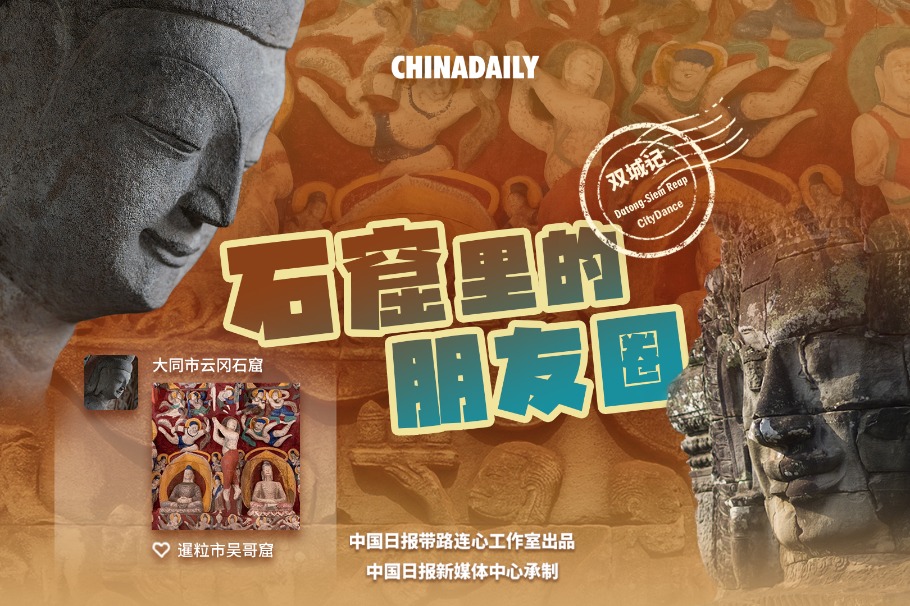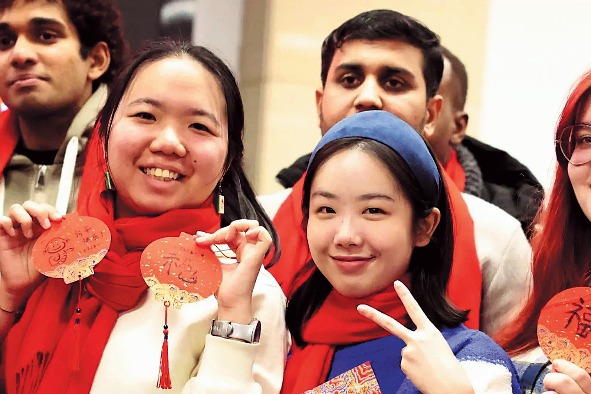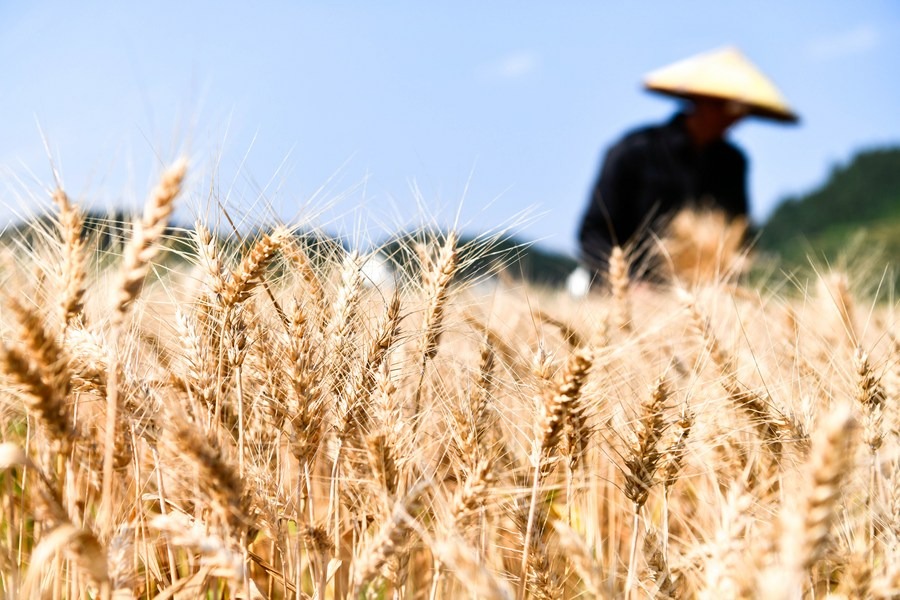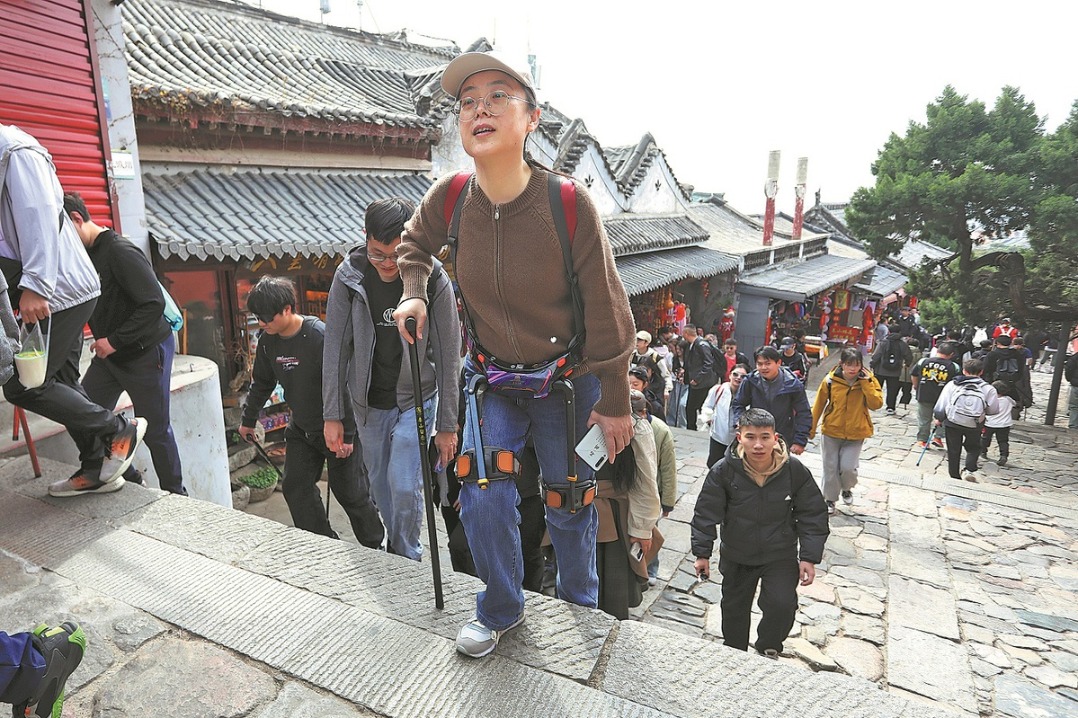Rebrand makes life sweet for 'ice farmers'
China Daily | Updated: 2019-08-19 09:38

NIKKO, Japan - In a mountainous area north of Tokyo, a priest blows a conch shell as Yuichiro Yamamoto bows and thanks the nature gods for this year's "good harvest": natural ice.
Yamamoto is one of Japan's few remaining "ice farmers", eschewing the ease of refrigeration for open-air pools to create a product that is sold to high-end shaved ice shops in trendy Tokyo districts.
His trade had all but disappeared in recent decades, and the shaved ice, or kakigori, that is popular throughout Japan in summer had been produced with cheap machine-made ice.
But reinventing natural-made ice as a high-end artisanal product has helped revive the sector and save his firm.
"When I started making natural ice, I wondered how I should market it. I thought I needed to transform kakigori," Yamamoto says at his ice-making field in the town of Nikko, north of Tokyo.
Yamamoto took over a traditional ice-making business 13 years ago in Nikko, where he also runs a leisure park.
At the time, shaved ice cost just 200 yen ($2) in the local area and Yamamoto, who was fascinated by traditional ice-making, knew he couldn't make ends meet.
"My predecessor used to sell ice at the same price as the fridge-made one, which can be manufactured easily anytime throughout the year," the 68-year-old says.
The situation made it "impossible" to compete, he explains, as producing natural ice is labor intensive.
Instead he decided to transform cheap kakigori into a luxury dessert, made with his natural ice and high-grade fruit puree rather than artificially flavored syrup.
After months of research, he began producing his own small batches of artisanal kakigori.
A grueling process
"I put the price tag at 800 yen for a bowl of kakigori. I also priced the ice at 9,000 yen per case, which is six times more than my predecessor," he says.
At first, there were days he threw away tons of ice because he could not find clients.
But one day buyers from the prestigious Mitsukoshi department store chain discovered his product, and began stocking it, turning around his fortunes.
But making ice naturally is a grueling task.
The season begins in the autumn when workers prepare a swimming-pool-like pit by cultivating the soil and pouring in spring water.
Thin frozen initial layers are scraped away along with dirt and fallen leaves.
The ice-making begins in earnest in the winter, when water is poured in to freeze solid, but it must be carefully protected. Producers regularly scrape off snow that can slow the freezing process.
"I once spent 16 hours nonstop removing snow," Yamamoto recalls.
Yamamoto's firm has seen demand soar - he now harvests 160 tons a year and knows two new producers who have entered the market.
He says: "This business has become attractive and the ice makers are all busy."
Agence France-Presse
























